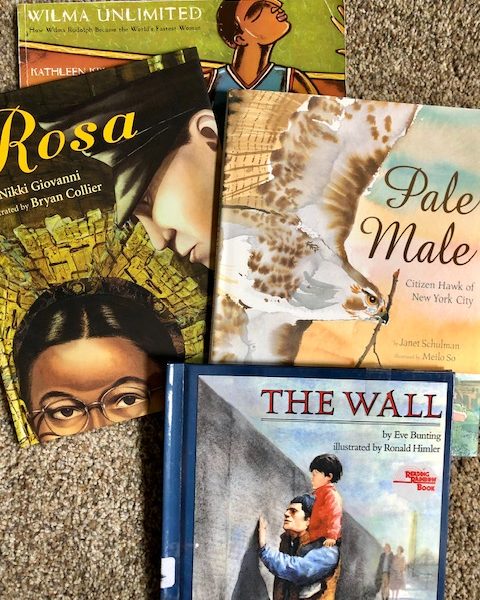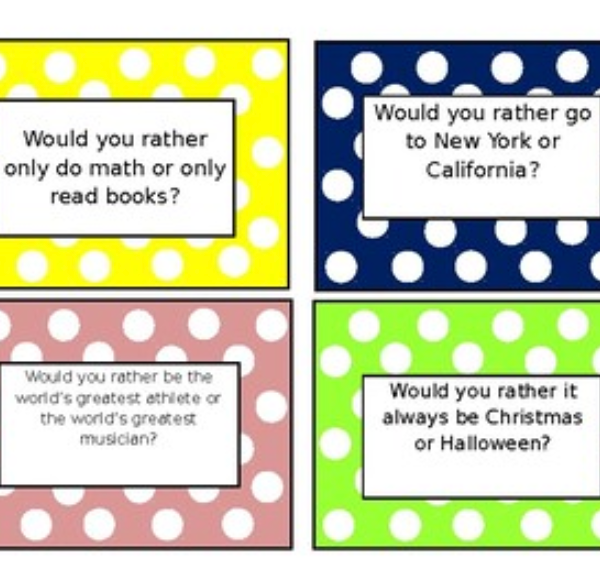Fluent reading is very important! We know that! We want our kids to be fluent and to practice to get fluent right? We say the word a lot, but do we really teach what it means?
We read in front of our kids fluently every day, but have we ever asked them to tell us what they like about our reading or what they notice about it that makes it fluent? Bullet points! A list!
And on the flip side, have we ever been a model of a reader who was not reading fluently? Probably not right? So it is time to TEACH FLUENCY!
Pick a passage that you want to read out loud to students as a model of a reader who is NOT fluent. Tell students that you are going to be reading to them. You haven’t practiced this yet and you want them to listen and describe HOW you are reading. Read it in a “bad way”. Read slowly. Read in a monotone. Read and sound out words. Read in a down right miserable way. Read a little and then pause and ask them what they think. Tell them to be honest. Write down their comments.
That is the lesson for today.
The next day, tell students you took your reading home and practiced. You want to read to them again and you want them to listen and tell you what they think about your reading this time. Now read in your fluent way. I don’t have to explain how to do that right? Read a little and then stop and ask students to tell you what they think. Write down their comments.
That is the lesson for today.
Now you have two very clear anchor charts of what it means to be fluent and not fluent!
A sample of my FLUENT and NOT FLUENT brainstorm of an anchor chart from my Reader’s Notebook:
** I generally brainstorm lessons like this before I create an anchor chart in front of students- it’s hard to come up with all the important points like this when you are in front of kids- so I write down my ideas first. Then I can look at this in case they don’t have any ideas. **
Imagine these pages ANCHOR CHART SIZED in your classroom. More to come on some great follow-ups to these lessons and the work your students could do in a Fluency Work Station.
A great website for finding free passages to help kids practice with fluency can be found at ReadWorks. 




You are EXACTLY right! I am sure you can hear my screams from Texas! I have been on this soap box nonstop this year. Fluency begins from the very start. I totally love that site as well! I already have tons of ideas spinning with mini-lessons. You are inspiring and right on as always.
Kara Ripley
Kara… where have you been? I have missed you! Thank you for your comment! Keep reading! Keep doing your great work for students!
I'm still letting my "light shine"- your words!
Melissa
Melissa,
I tried this lesson out in my classroom this week! Thanks for the inspiration!
It went so great! I also added a little extention with our ipod touches! I just blogged about it in my Five for Friday Flashback post!
Happy Easter to you 🙂
The Frizz
The Frizz in First Grade
Frizz! Thanks for this comment! I am so glad you tried it! Headed over to your blog know to read all about it!
Melissa
I love this idea. Showing what fluency is NOT really clarifies what fluency IS!